/3935fb5c-0169-4579-b183-b2f4f7bd4fe7.png)
Literary Analysis Essay Structure: HATMAT, Quote, Paragraph, Thesis Sentence
Review Rating Score
Outline Structure for a Literary Analysis Essay (HATMAT)
When it comes to analyzing a piece of literature, having a clear and organized structure is essential. One effective way to approach a literary analysis essay is by following the HATMAT outline structure. In this article, we will guide you through each section of the outline and provide useful tips for writing a compelling literary analysis essay.
H - Hook
The introduction of your essay should begin with a hook, an attention-grabbing statement or question that piques the reader's interest. It can be a powerful quote, a thought-provoking question, or a captivating anecdote related to the literary work you are analyzing.
A - Author and Title
In the first paragraph, clearly state the author's name and the title of the work you are analyzing. This sets the stage for the reader and provides important contextual information for the analysis.
T - Thesis Statement
The thesis statement is the main argument or claim of your essay. It should be concise, specific, and debatable. Your thesis statement should express your interpretation or analysis of the literary work in question. It will guide the rest of your essay and serve as the focal point of your analysis.
M - Main Body Paragraphs
The main body of your essay consists of several paragraphs that support and develop your thesis statement. Each body paragraph should begin with a topic sentence that presents a specific argument or point related to your thesis. These paragraphs should provide evidence, examples, and analysis to support your claims.
A - Analysis
In your analysis, examine the literary devices, themes, and elements within the work. This is where you delve deeper into the text, providing insightful interpretations and explaining how these elements contribute to the overall meaning and impact of the work. Use direct quotes from the text to support your analysis and illustrate your points.
T - Transition
Smooth transitions are essential to guide the reader from one idea or paragraph to the next. Make sure to use transitional phrases and sentences to create logical connections between your arguments and maintain coherence throughout your essay.
Conclusion
The conclusion wraps up your essay by summarizing the main points you made in the body paragraphs and restating your thesis statement. Avoid introducing new information or arguments in the conclusion. Instead, end on a strong note by reinforcing the significance of your analysis and its implications.
Download our Outline Structure for Literary Analysis Essay (HATMAT) as a PDF
To help you structure your literary analysis essay effectively, we have created a downloadable PDF guide. This guide provides a step-by-step breakdown of each section of the HATMAT outline. Download your copy now and enhance your essay writing skills!
Visit BizzLibrary.com to access a wide range of valuable resources, including downloadable PDFs, templates, and more. Empower yourself with the tools you need for successful literary analysis and take your essay writing to the next level!
Is the template content above helpful?
Thanks for letting us know!
Reviews
Tessa Beasley(11/7/2023) - NZL
I am grateful for this file, it's perfect, thank you.
Last modified
Our Latest Blog
- The Importance of Vehicle Inspections in Rent-to-Own Car Agreements
- Setting Up Your E-mail Marketing for Your Business: The Blueprint to Skyrocketing Engagement and Sales
- The Power of Document Templates: Enhancing Efficiency and Streamlining Workflows
- Writing a Great Resume: Tips from a Professional Resume Writer
Template Tags
Need help?
We are standing by to assist you. Please keep in mind we are not licensed attorneys and cannot address any legal related questions.
-
Chat
Online - Email
Send a message
You May Also Like
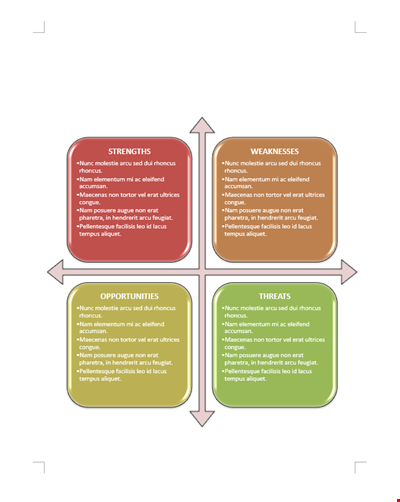
Business SWOT Analysis Template
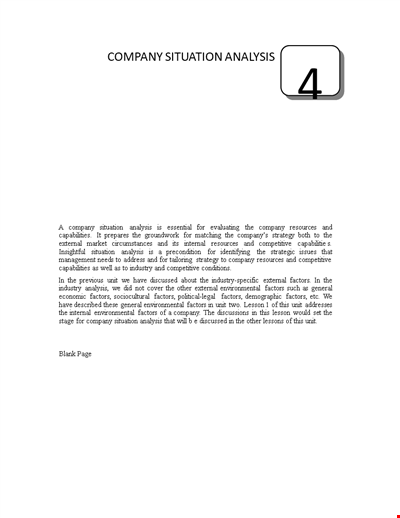
Company Situation Analysis Template - Conducting Internal and Competitive Analysis

Free Company Analysis Template - Improve Your Strategy, Analyze Stocks, and Drive Growth
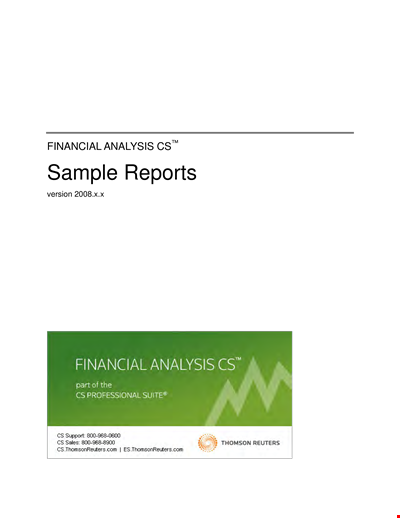
Financial Analysis Template for Company Sales, Group Assets, and Ratios | Competitor Analysis
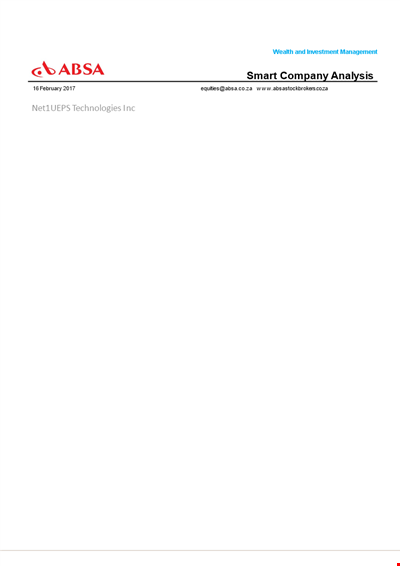
Smart Company Analysis Template - Improve your Financial Analysis with Intellidex
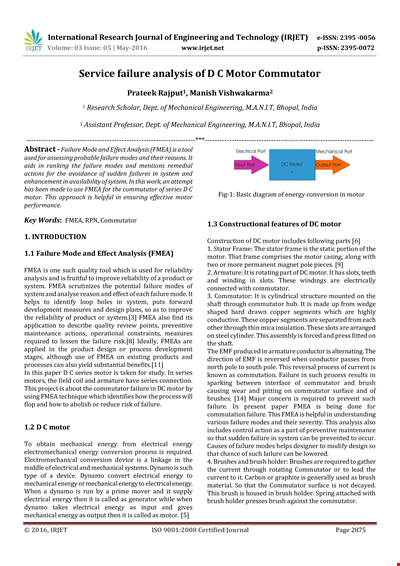
Service Failure Analysis Template - Analyzing System and Motor Failure with Commutator
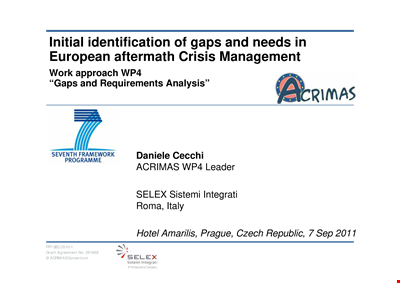
Gap Requirements Analysis Template - Acrimas Analysis
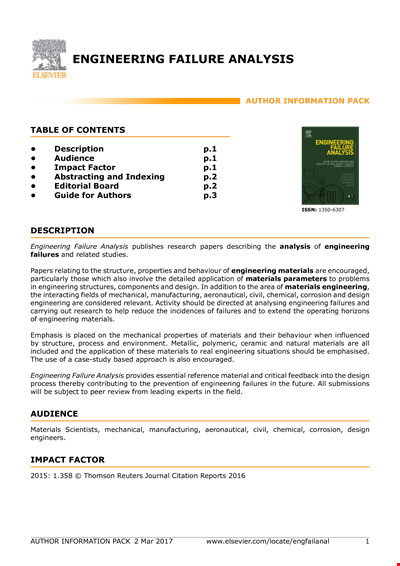
Engineering Failure Analysis Template
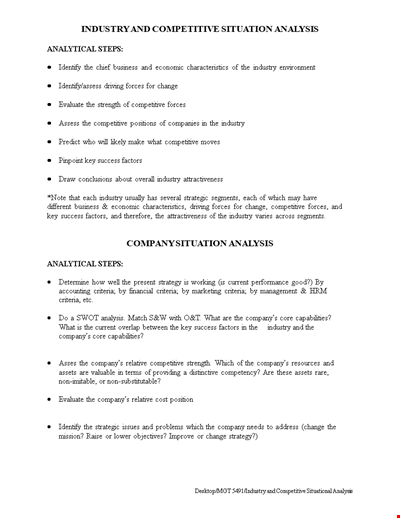
Industry & Competitive Situation Analysis

Vertical Financial Statement Analysis Example
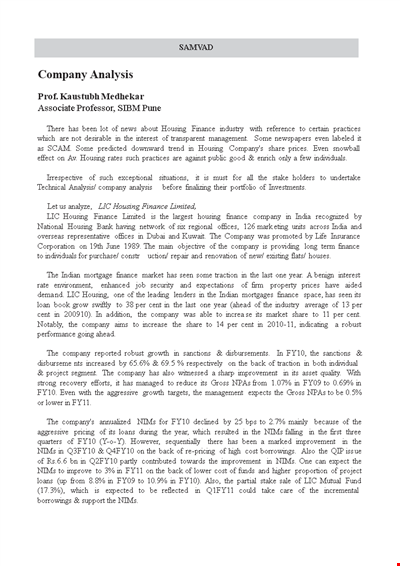
Simple Company Analysis Template
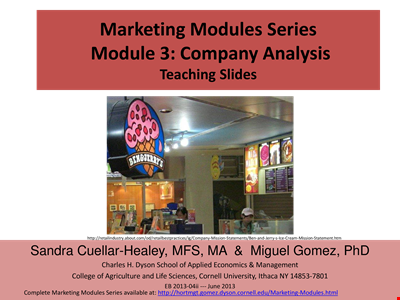
Market Analysis Template: Get Valuable Insights for Strategic Marketing
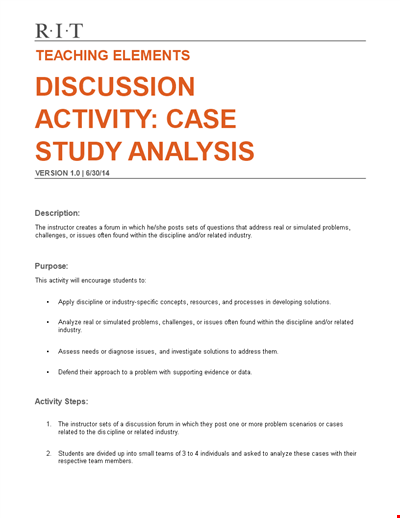
Simple Case Analysis Template | Identify Issues, Analyze Activity
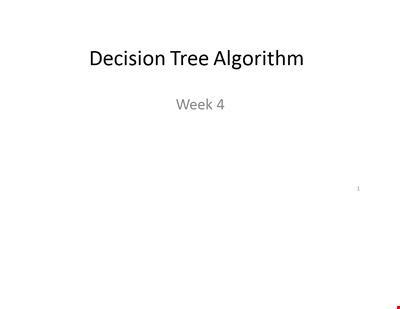
Decision Tree Algorithm Template - Efficiently Analyze Decision-Making Processes
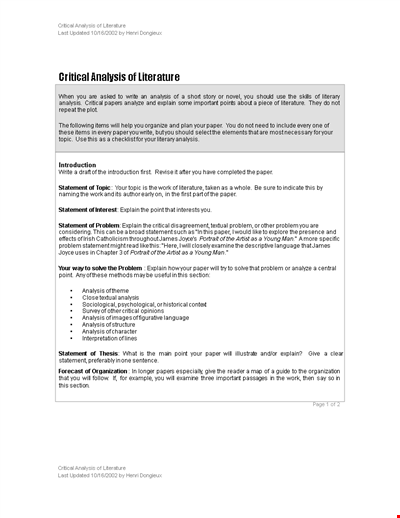
Critical Literary Analysis Template - Analyzing and Crafting a Strong Statement

Software Product Analysis Template - Streamline Your Software Analysis with Feature-based Approach